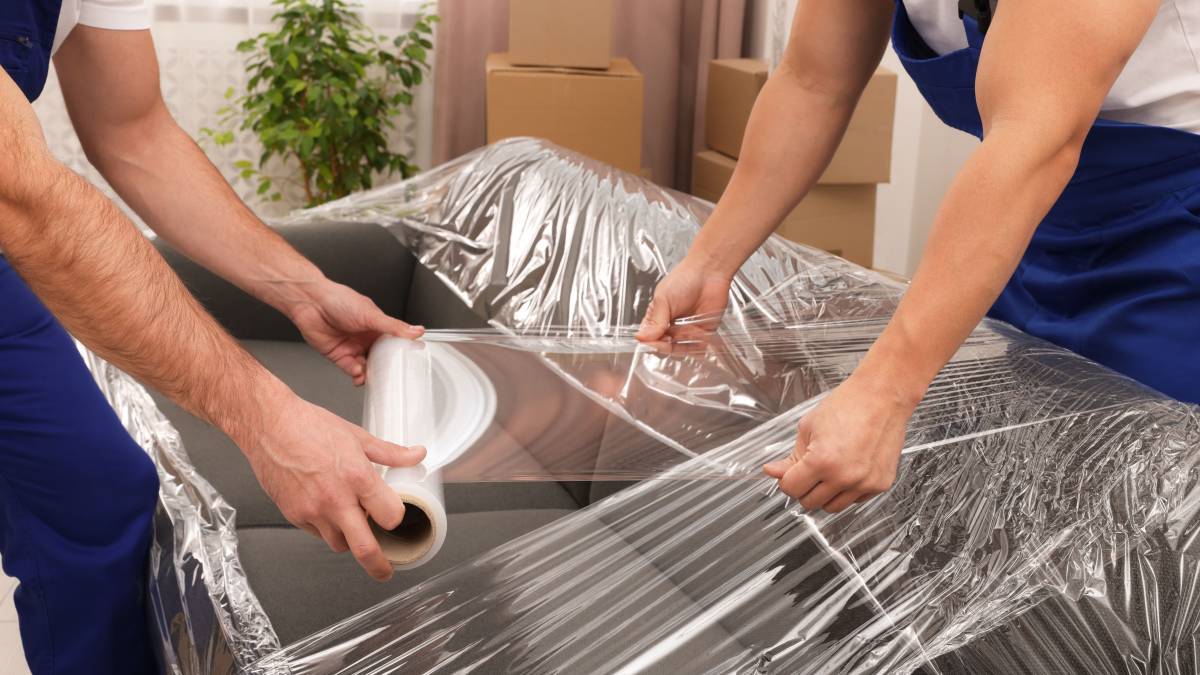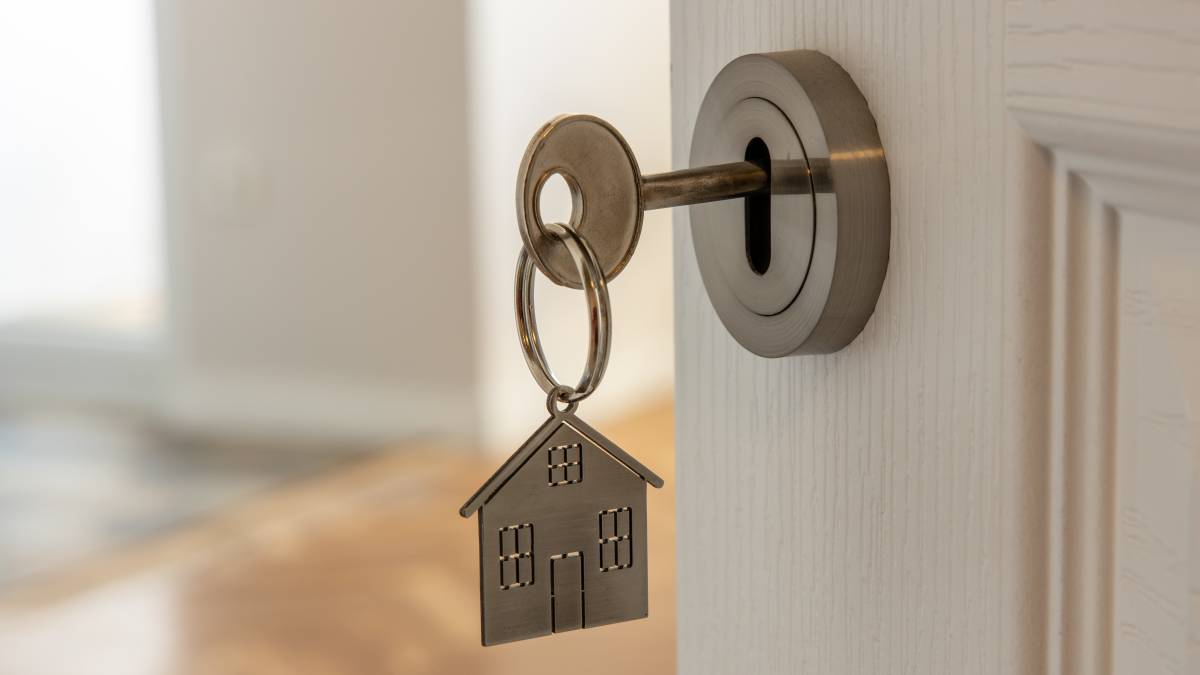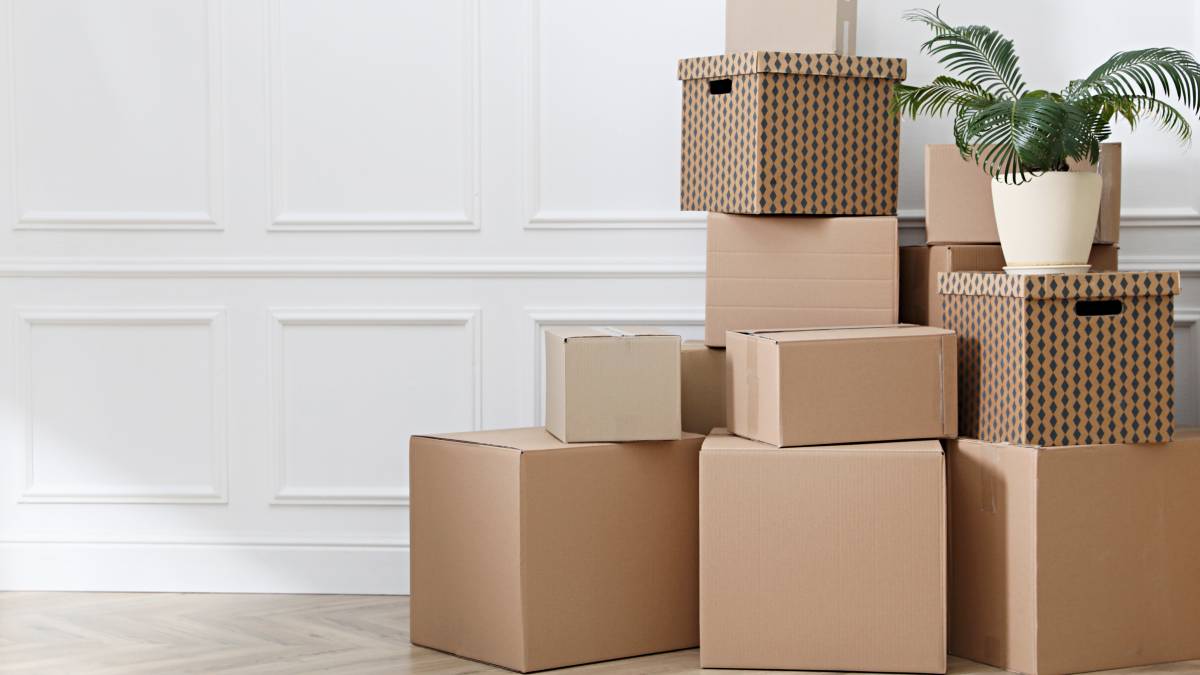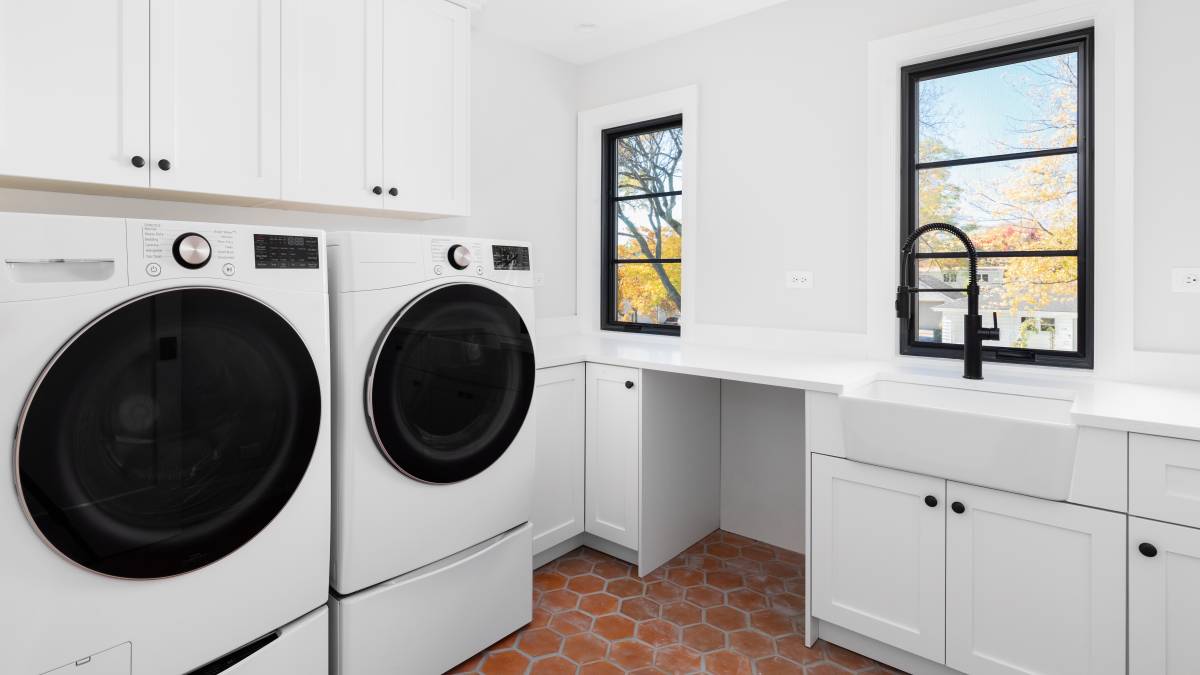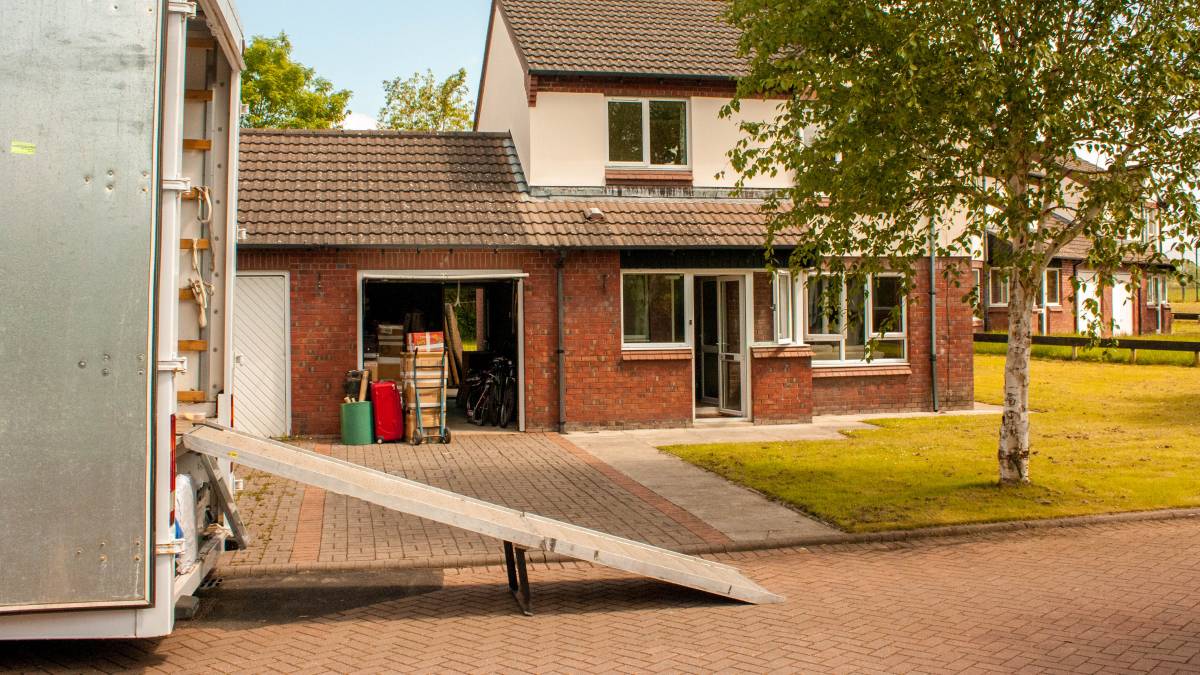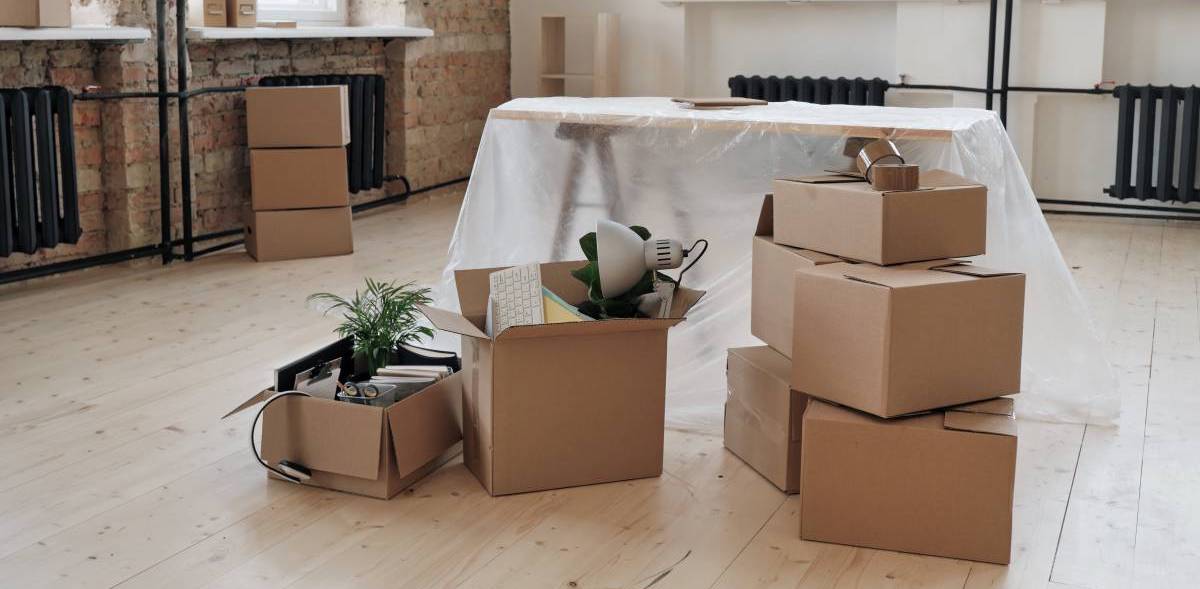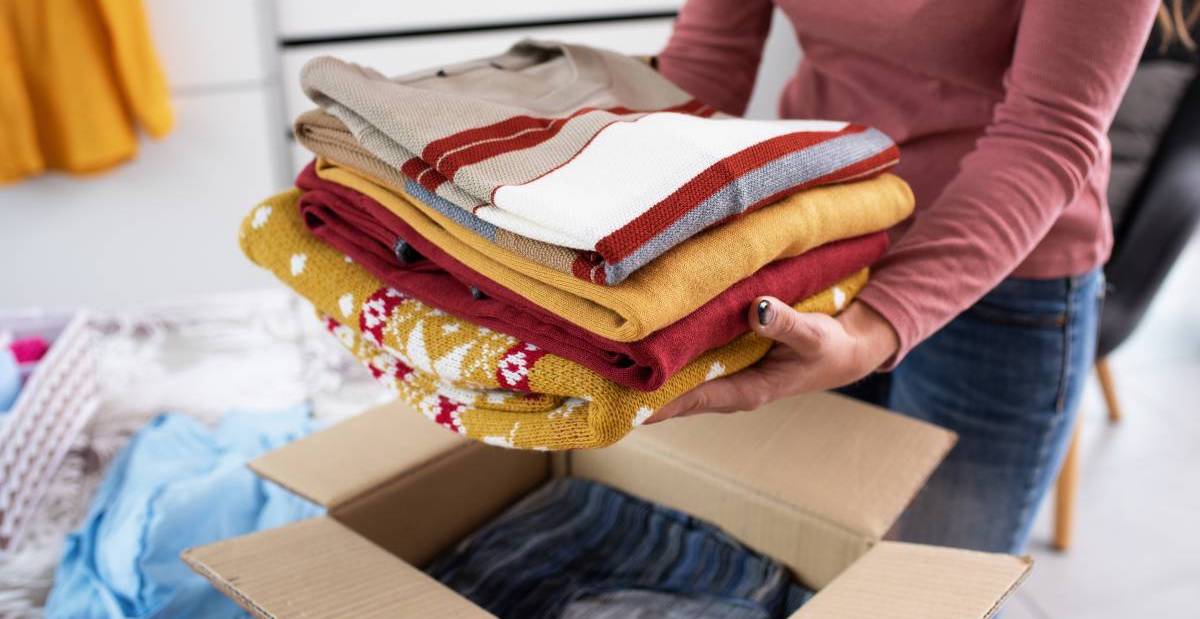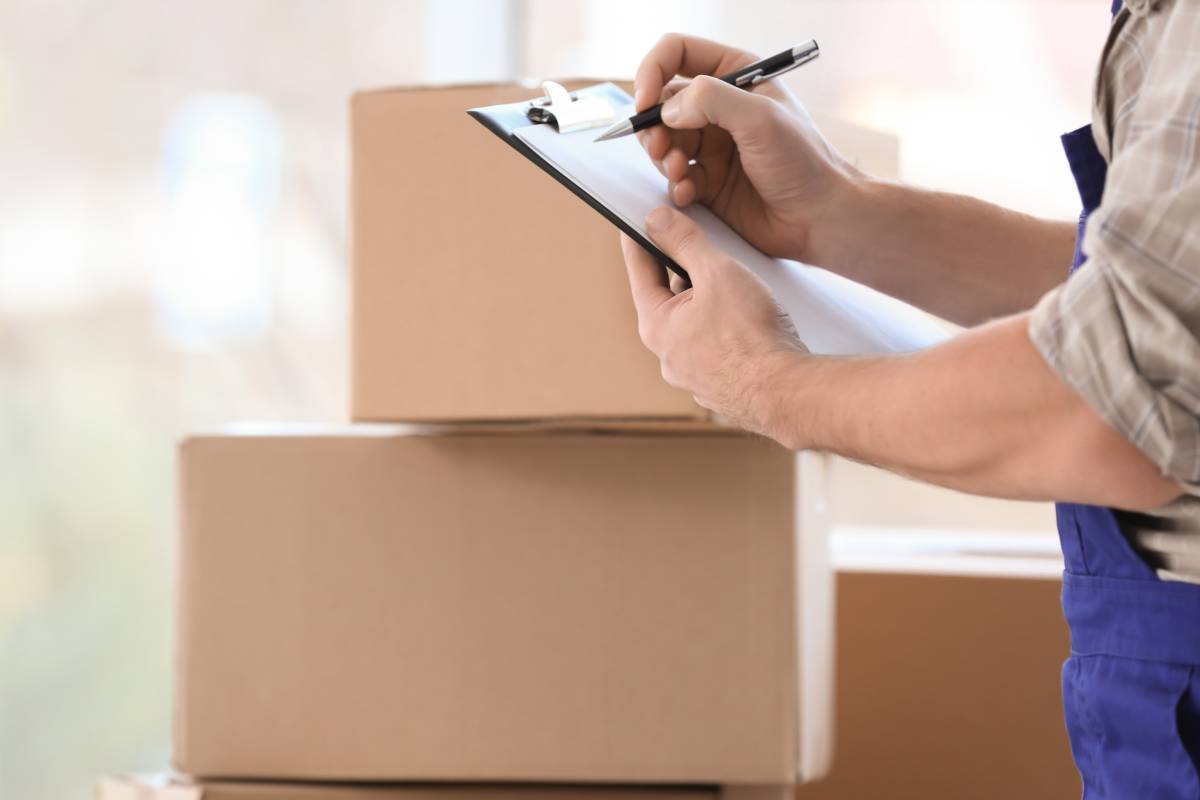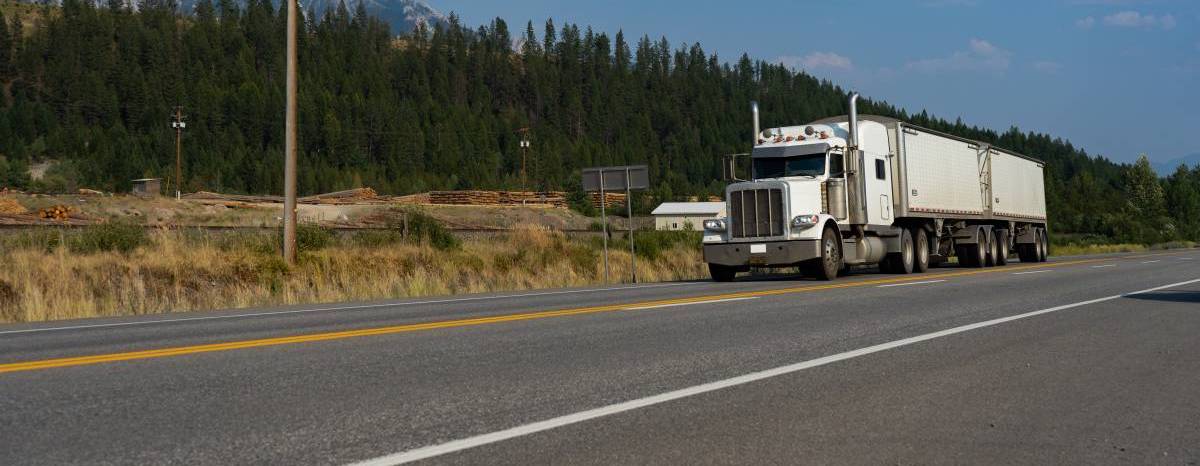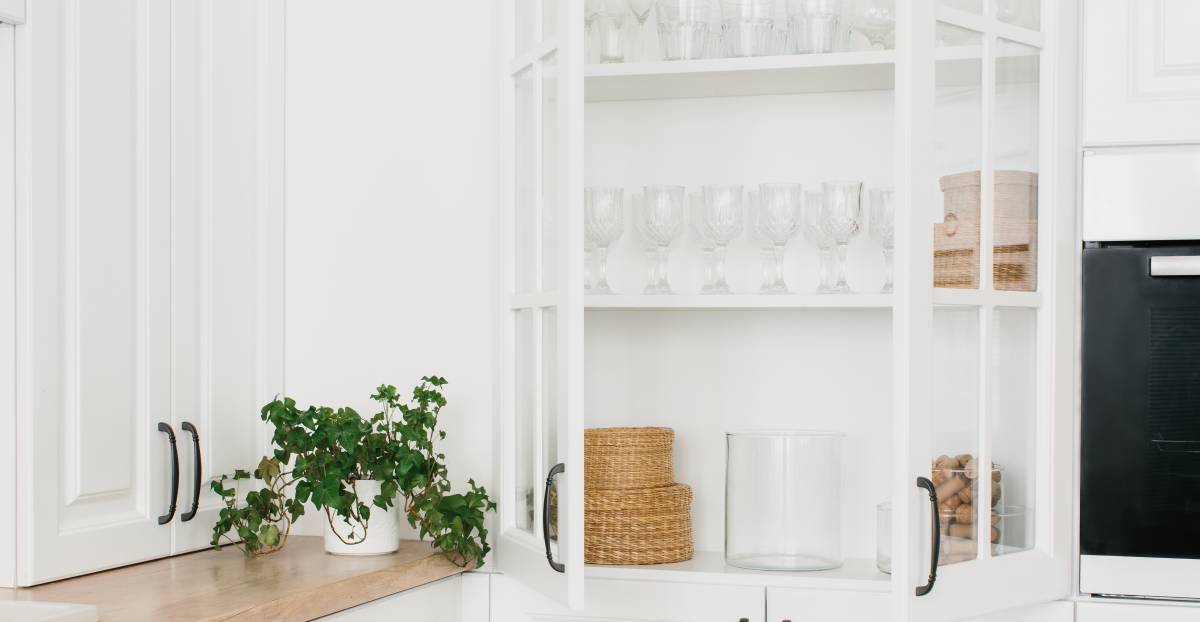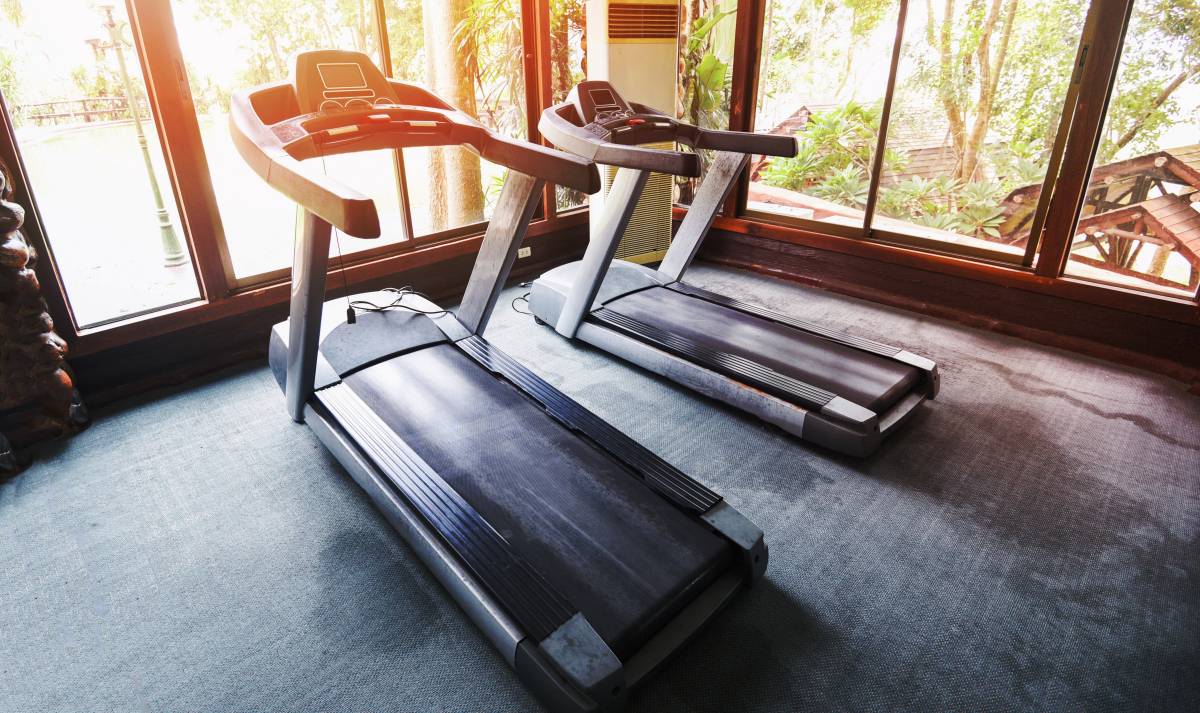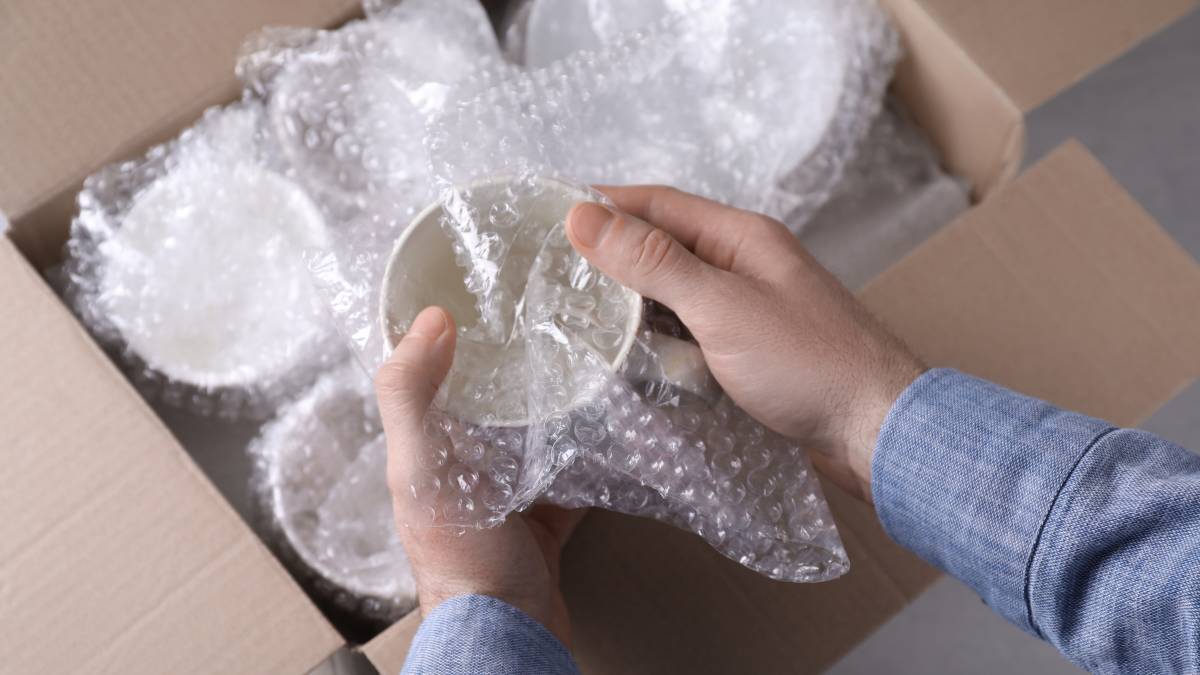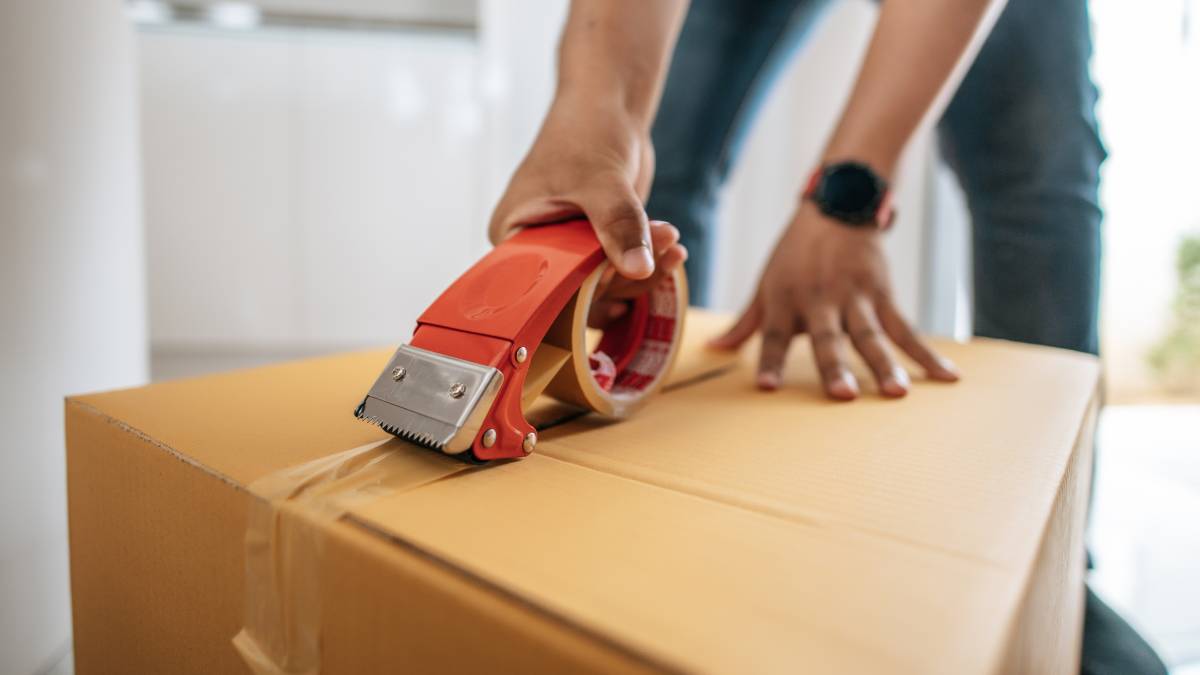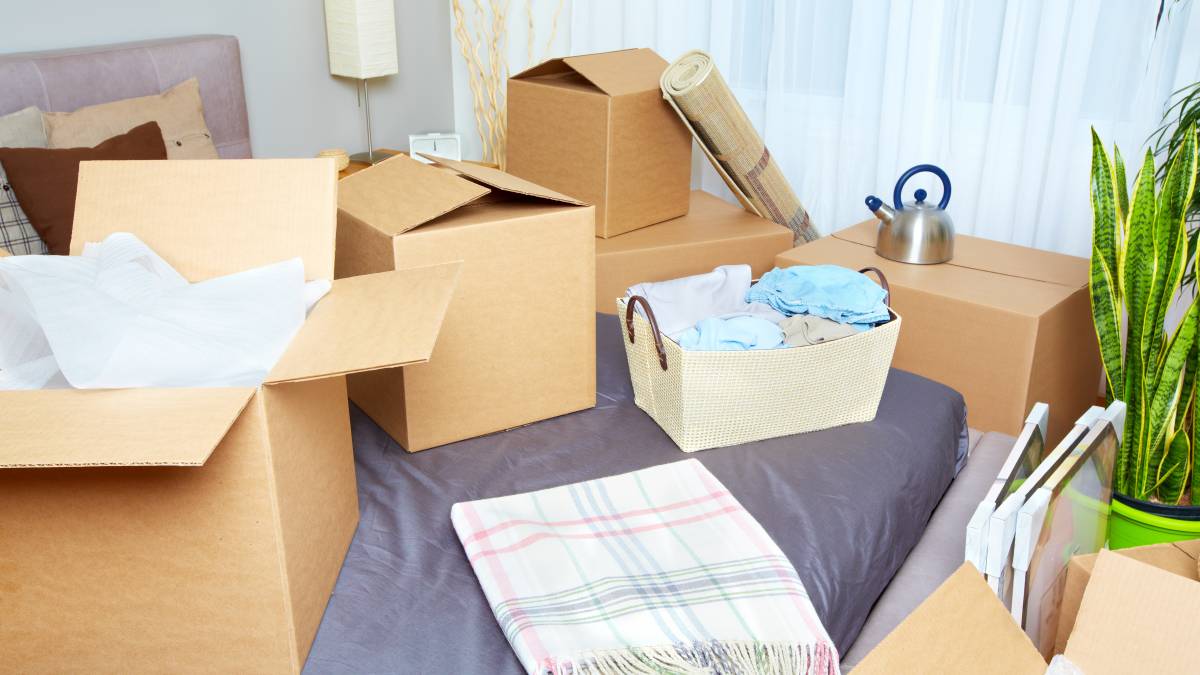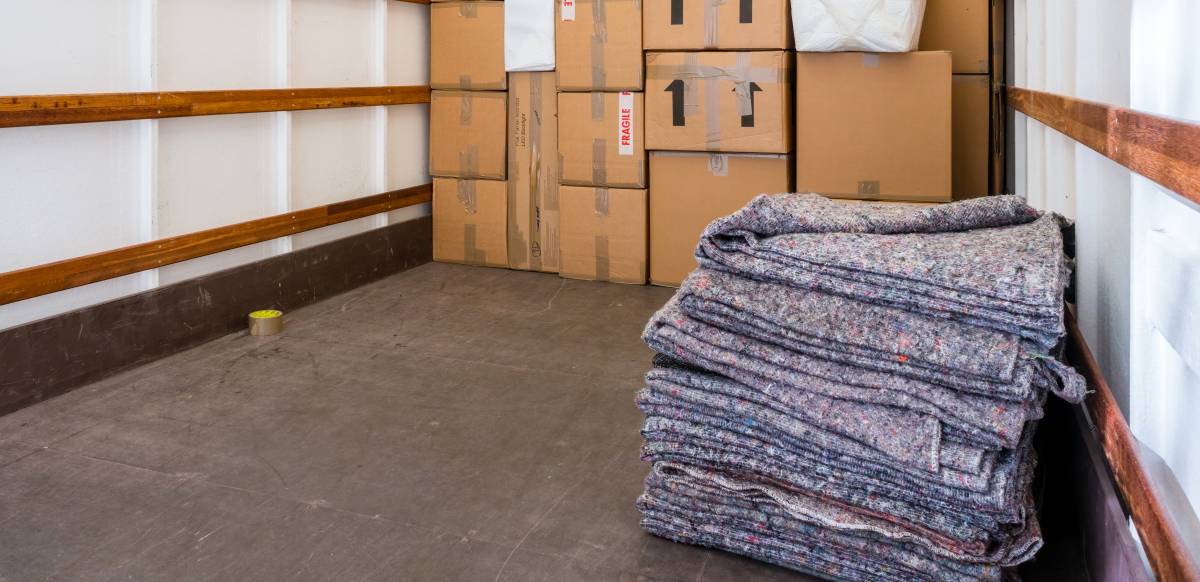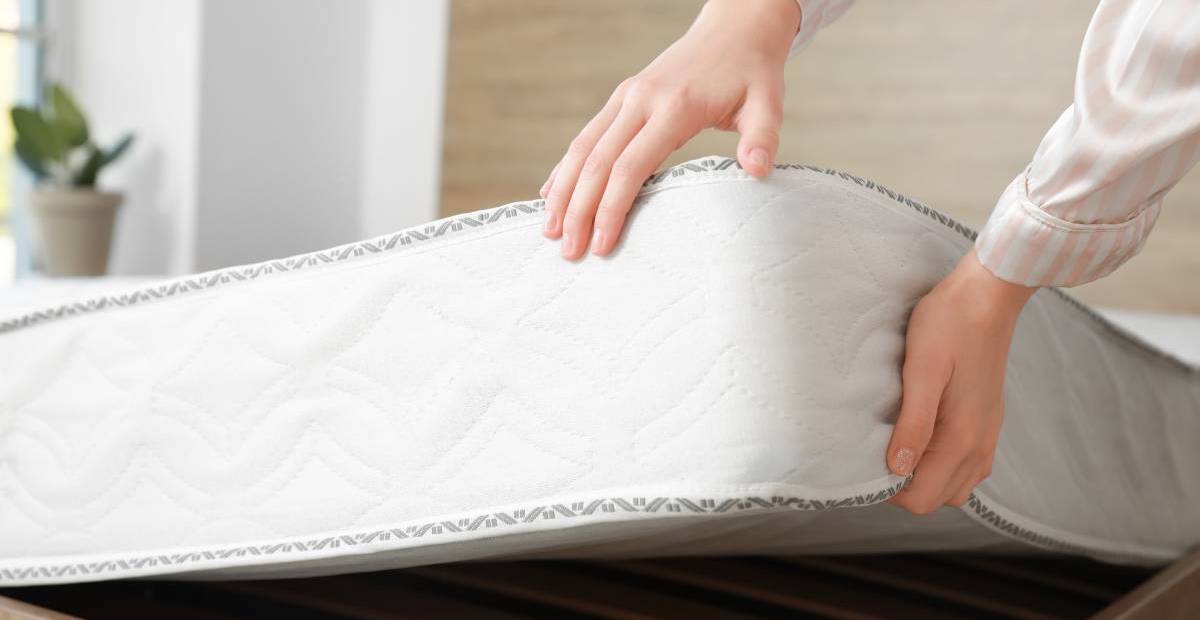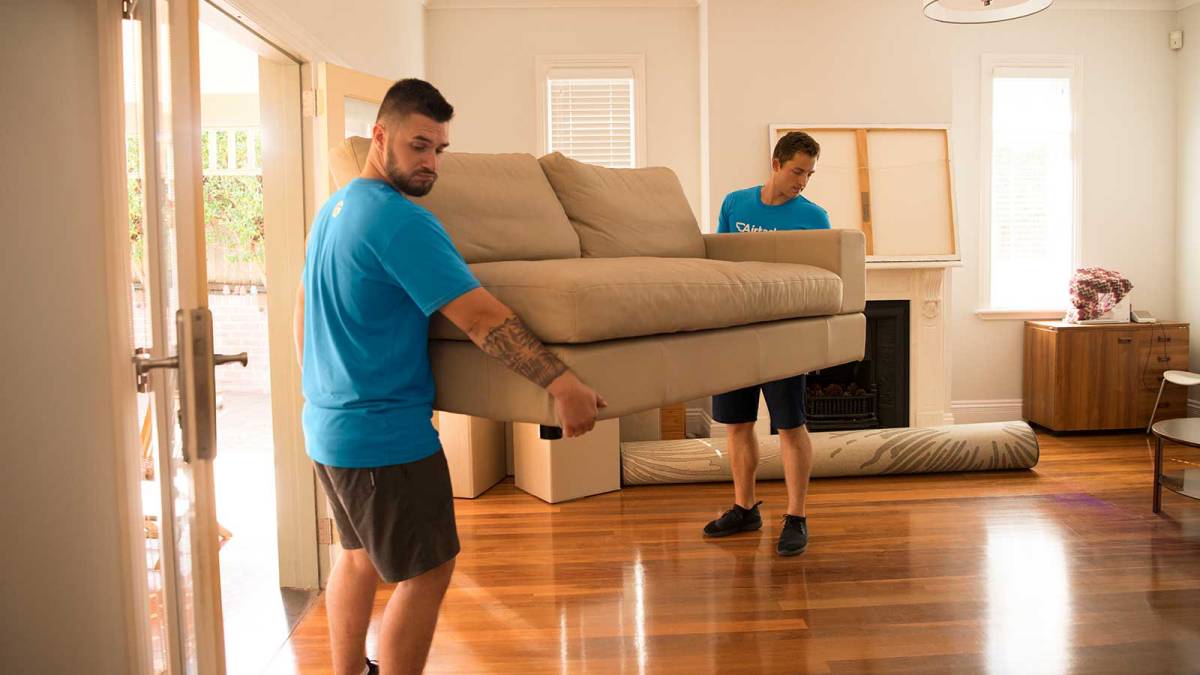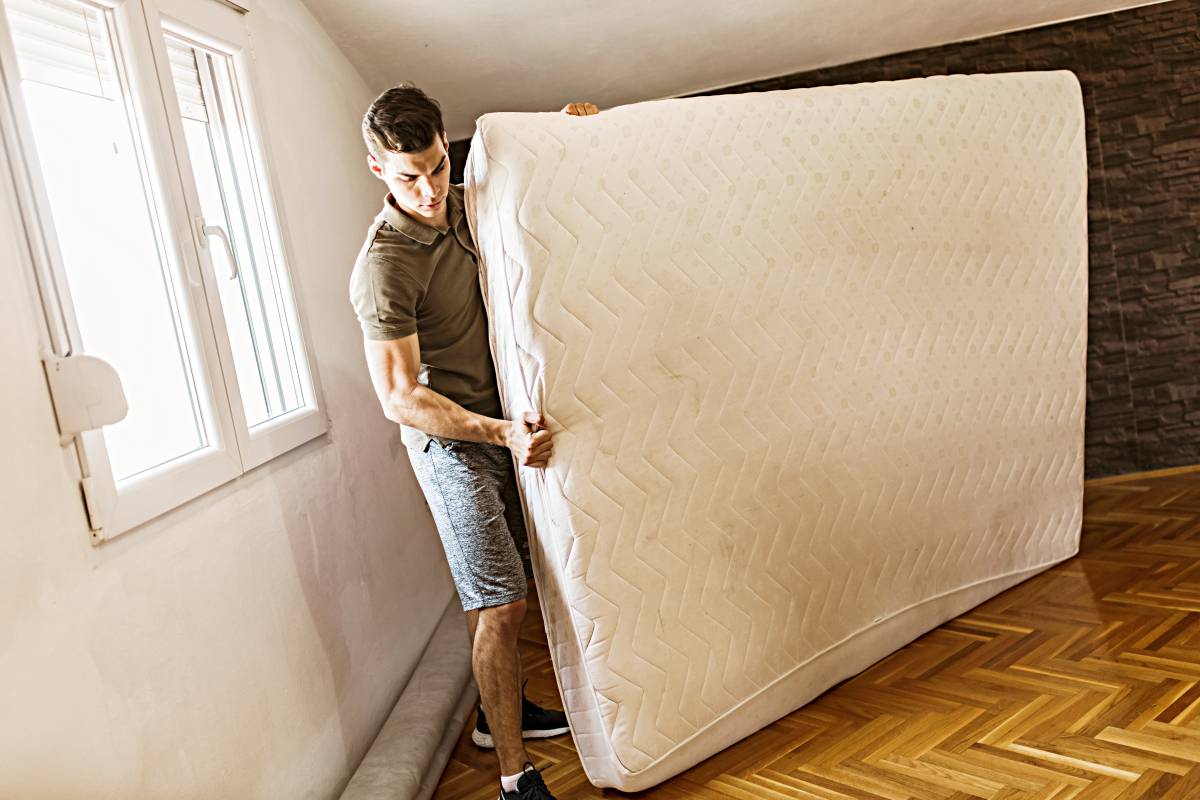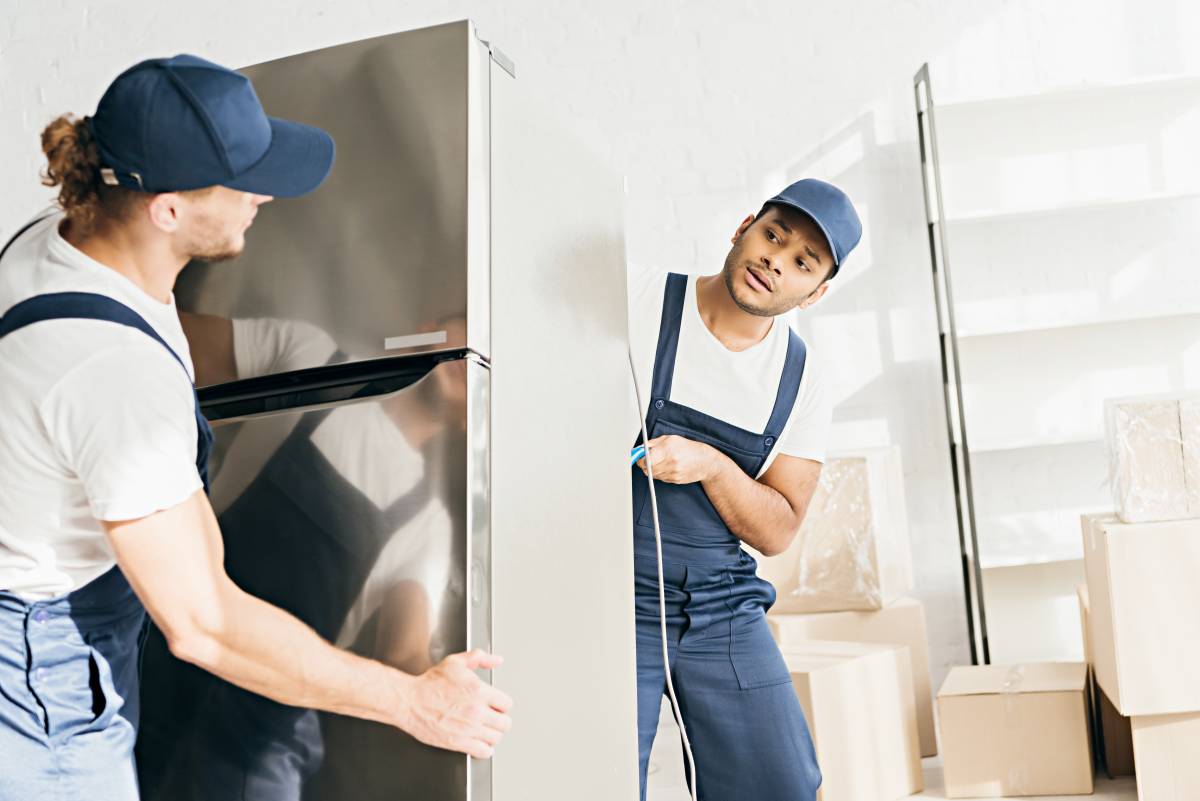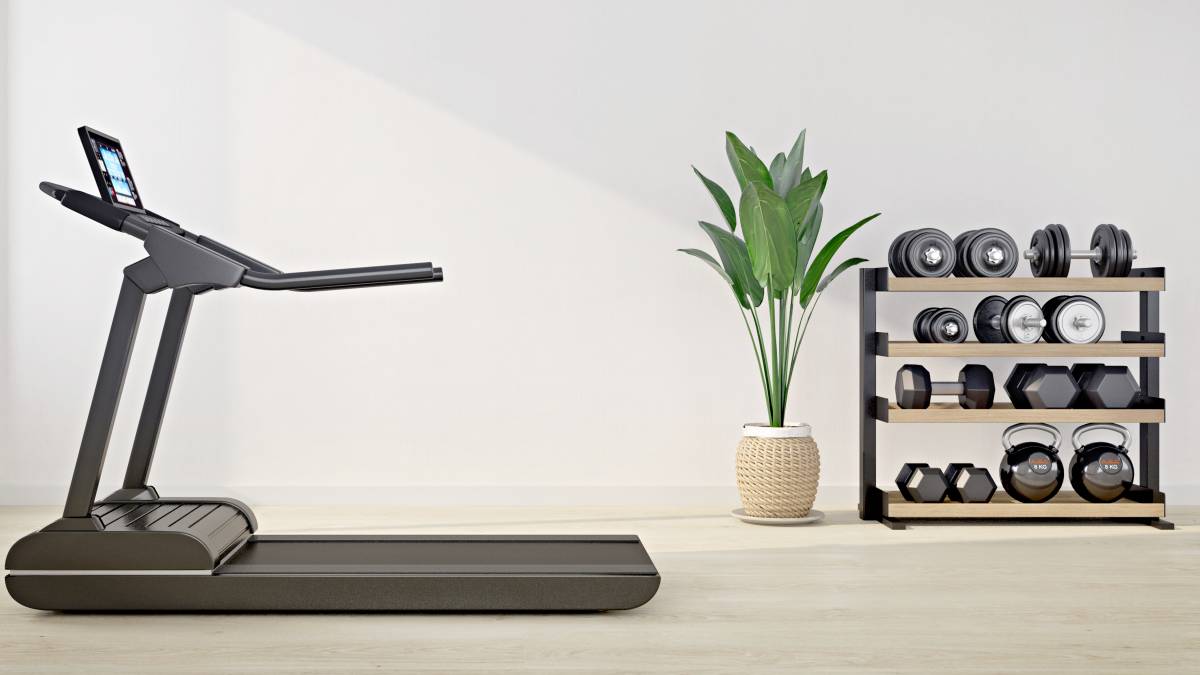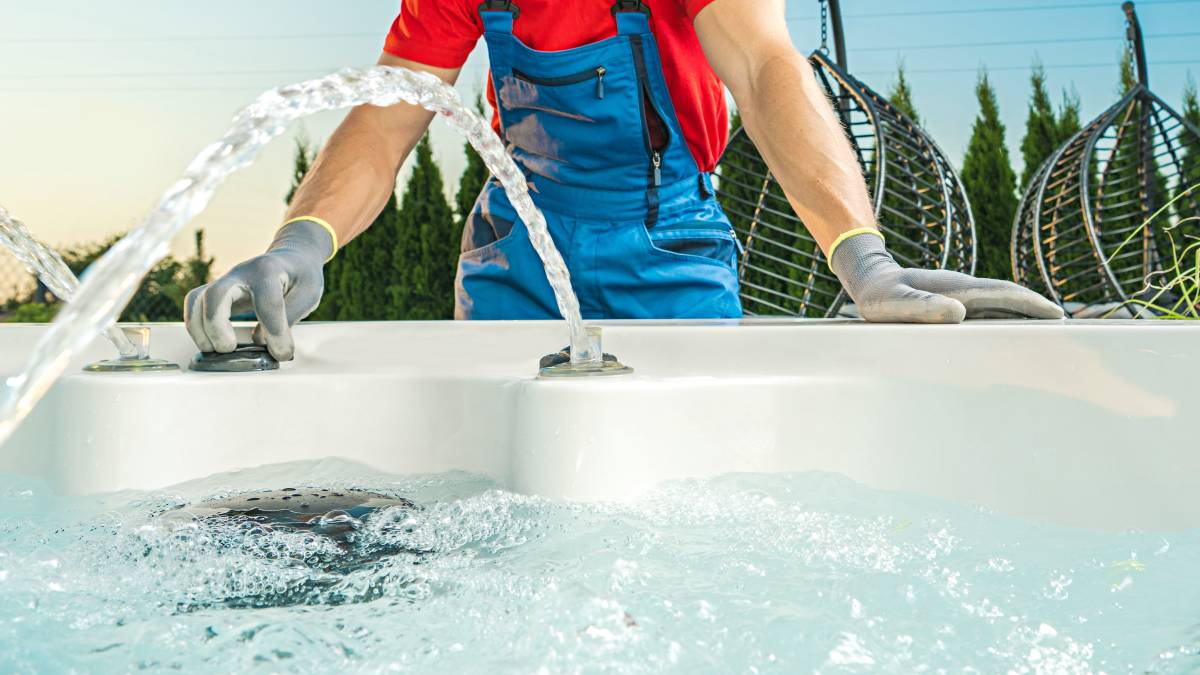- Home/
- Guides/
- Furniture Removal/
- How to Move a Heavy Safe

Keep it safe and secure: How to move a safe like a pro
Heavy safes are up there in the difficult-to-move category when relocating. Here’s a handy guide on how to move a safe like a pro.
Get moving assistancePublished on
Safes are one such item that poses a challenge when it comes to moving houses. Moving a safe, especially a large one, is twice as difficult as a regular appliance or furniture. Safes are bulky and heavy, but with the appropriate planning, equipment and methods, you can relocate your safe to a new place without damaging your property and breaking your back!
This guide outlines how to move a safe by yourself, including tips and tricks for preparing your safe, choosing the right equipment, and navigating tight spaces.
Things you’ll need
When dealing with a heavy item such as a safe, it’s important to protect your body at all costs. Here are some proper safe moving equipment you’ll need to move your safe safely:
Heavy-duty appliance dolly or a moving dolly
Furniture supporting straps or ropes
Thick moving blankets
Work gloves
Dolly
Moving truck with a loading ramp
Before you start
Prior to knowing how to move a safe like a gun safe or jewellery safe successfully, it's important to prepare well for the task. Be sure to do the following before you start moving your safe:
Enlist help. Moving a safe alone can be dangerous, so having at least one or two people to help you with the move is crucial.
Measure your safe. Before renting or buying the equipment needed, measure your safe’s dimensions and check the weight to get the appropriate moving dolly. You can find this information in the safe’s documentation or by looking up its model online.
Dress for the job. Avoid wearing baggy clothing and long jewellery that could get caught on something. Choose comfortable, closed-toe shoes with good traction, and wear high-quality work gloves for better grip and hand protection.
Plan your route. Walk the intended path beforehand and identify any obstacles or dangerous zones. Plan each step and share your exit strategy with your helpers. Reassess if the path includes tight corners, narrow corridors, or flights of stairs.
Protect your other valuables. Place protective coverings along the exit route, and use film protectors, old carpets, blankets or large pieces of cardboard to avoid damage to your other valuables or walls and floors. You can also tape thick blankets over areas such as narrow corners, staircase handrails, and wall frames that may come into contact with the safe during transportation.
A step-by-step guide to moving a heavy safe
Now that you’re prepared to move your safe, it’s time to get down to business! Here are the steps on how to move a large safe:
Step 1: Lighten the load
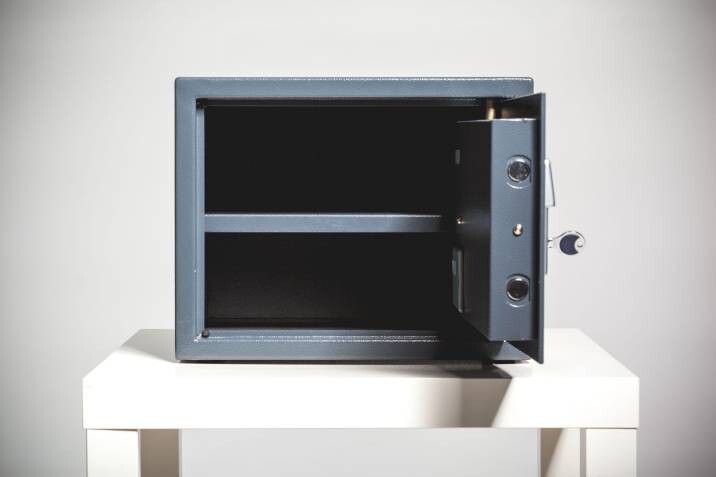
Remove all items from the safe–all your valuables. This will reduce the weight of the safe and minimise the risk of damage to the content. Pack and transport these items separately. Once done, make sure to securely close and lock the door of your safe before loading it on the dolly. An open door can cause damage to the safe or result in personal injury.
Step 2: Wrap it
Use moving blankets to wrap the safe, cover all the metal parts, and secure them with tape, straps, or rope. You can also use bubble wrap if you have those around.
Padding your safe before moving serves two purposes: protecting the safe from damage and preventing damage to floors, walls, and other household items and people if the safe accidentally bump into them while being moved out of the house.
Step 3: Load it safely
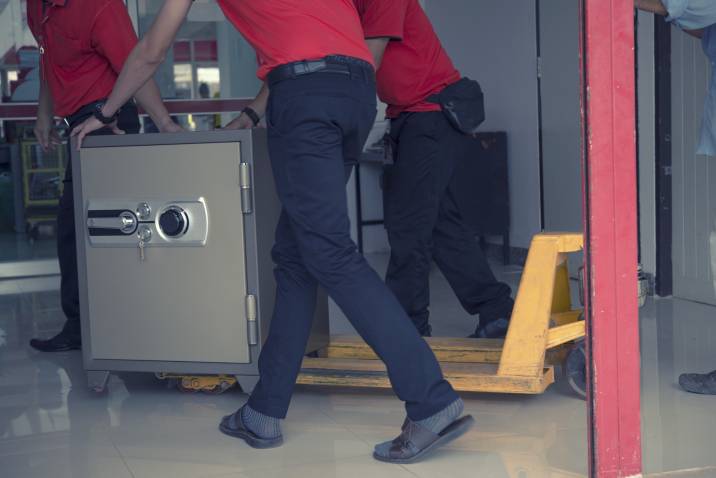
Place the moving dolly next to one side of the safe and have your helpers stand on the other side. Then, tilt the safe slightly and slide the dolly under it until it’s in place. Use straps or ropes to secure the safe to the dolly tightly, and make sure it’s balanced to avoid tipping.
Step 4: Take it slow
Move the load steadily as you move it to the dolly, if you’ll use one, and onto the truck with your helpers. To avoid danger before it happens, decide on some warning signs among yourselves. Having someone walk in front and ensure everything is going according to plan would be wise.
The most complex part is learning how to move a safe downstairs or upstairs. If there are only a few gently-sloped steps, you can try moving the safe with the help of others, but if there are many stairs involved, it’s best to call professionals to avoid accidents.
|
Important tip: Be cautious when moving a safe through the house towards the exit! Manoeuvring around tight corners can be difficult, so take it slow and go wider than usual to avoid hitting walls. |
Step 5: Hoist it up
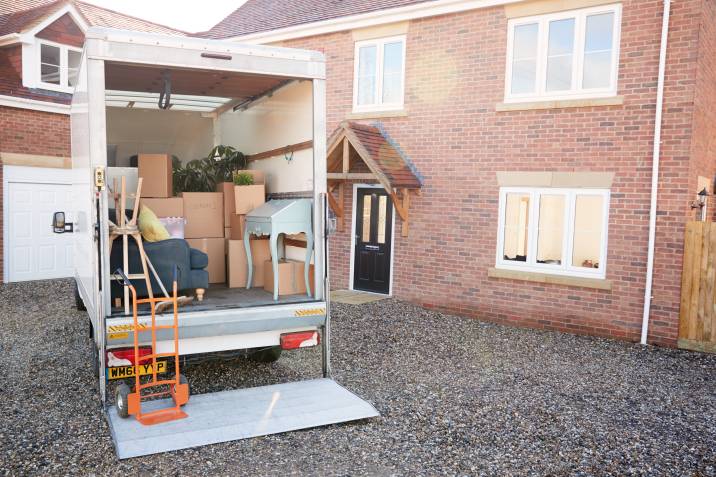
A motor-driven loading ramp can help you load your safe into the moving truck. But if there is no mechanized ramp, you may use a standard one. To do this, have one person pull the dolly up while others push.
Keep the momentum going and get the heavy load inside the truck in one smooth attempt. Once inside, secure your chosen safe tightly to the side of the vehicle with straps or rope.
Step 6: Place it in its position
When positioning and moving your safe to its new place, remember the safety precautions you took when carrying it out of its former place. This includes covering your valuables, walls, and floors along the way; and planning your route properly.
Prioritise your safety
By following the tips in this guide, moving a safe can be done confidently and easily, despite it being a tough task. But always remember to exercise caution and use the right moving equipment throughout the process!
If you don’t have the experience or feel unsure about your ability to move your safe, don't worry! You can always hire a professional removalist. They have the expertise and equipment necessary to move your safe quickly and safely, freeing you from harm and injuries. So put up a task now and let the experts do the heavy lifting!
Related articles
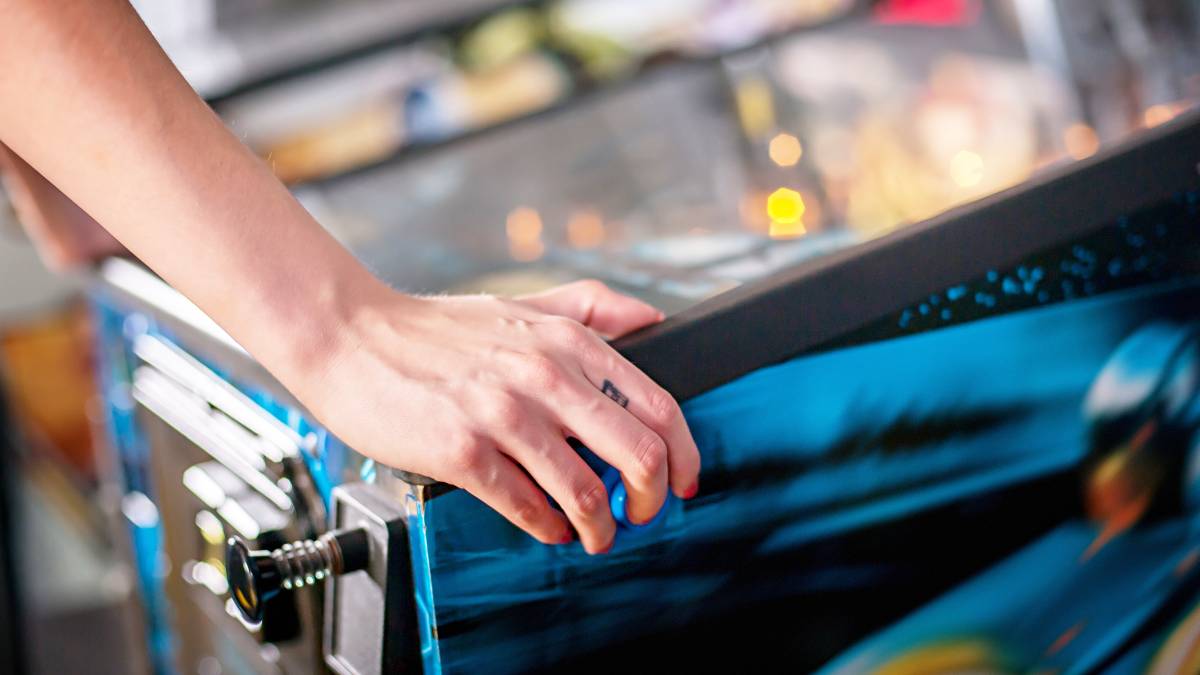
How to move a pinball machine
Read more
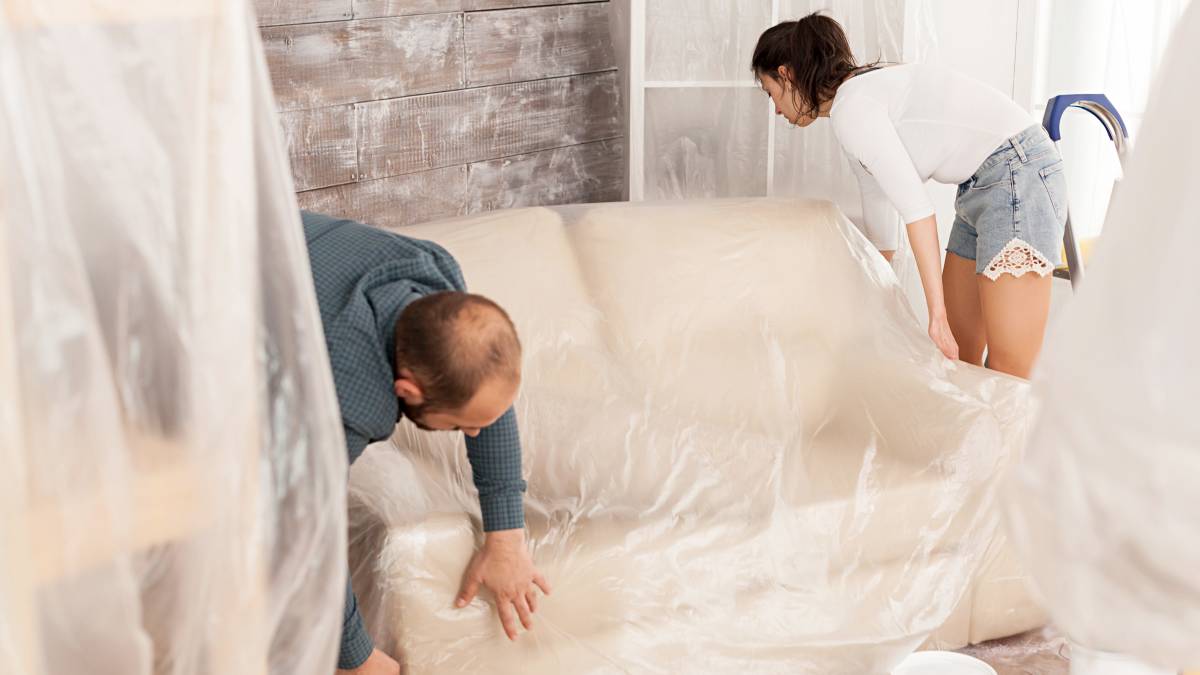
How to wrap furniture for moving
Read more

What moving companies won’t move
Read more

Moving a fridge: How to do it right
Read more

A guide to becoming a removalist
Read more

Tips for moving house with kids
Read more
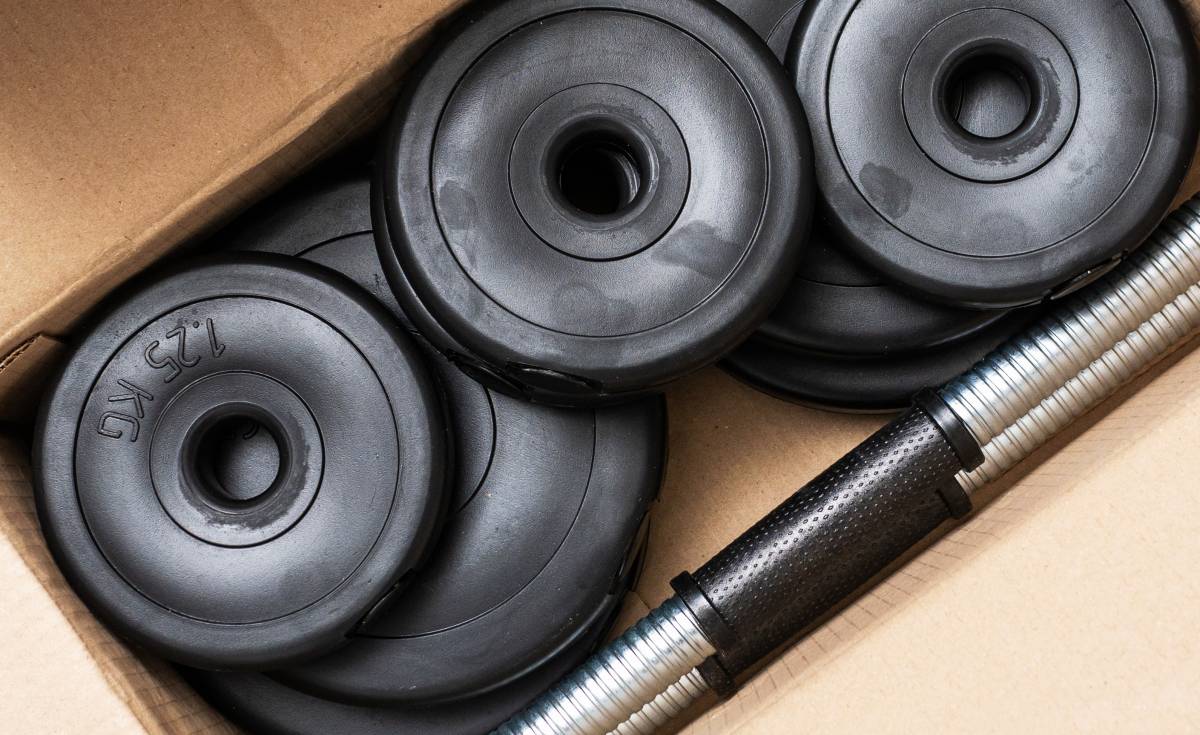
How to move gym equipment safely
Read more

How to pack mirrors for moving
Read more
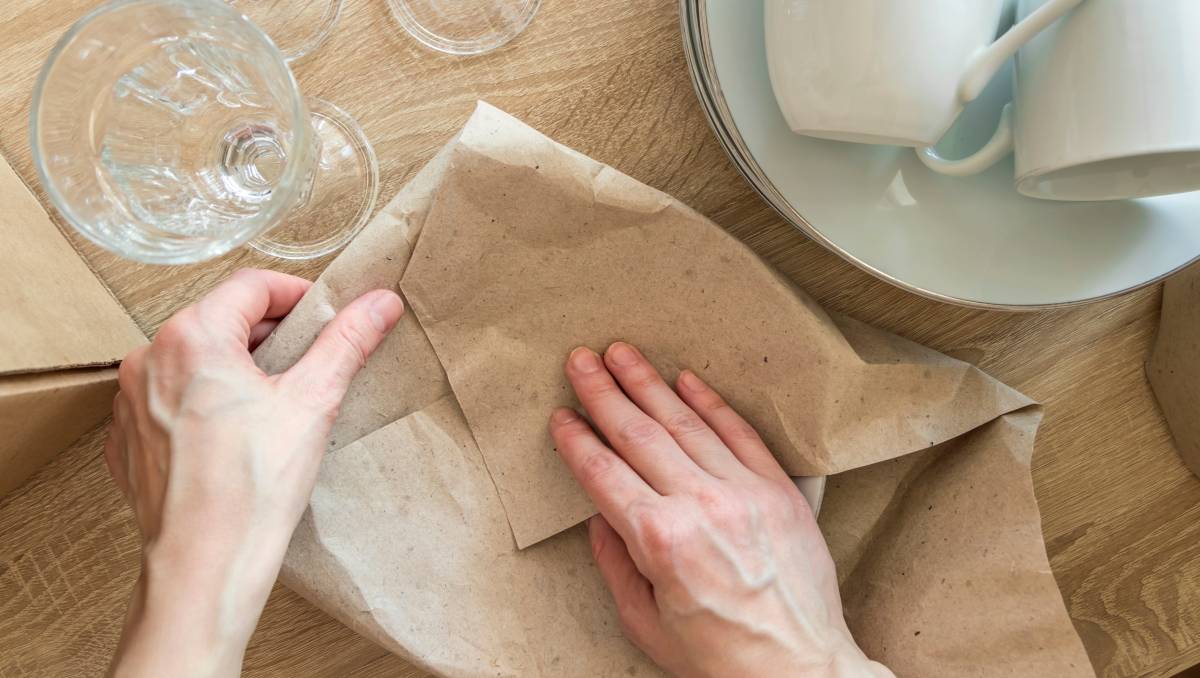
How to pack kitchen items for moving
Read more

How to pack books for moving
Read more

How to pack artwork for moving
Read more
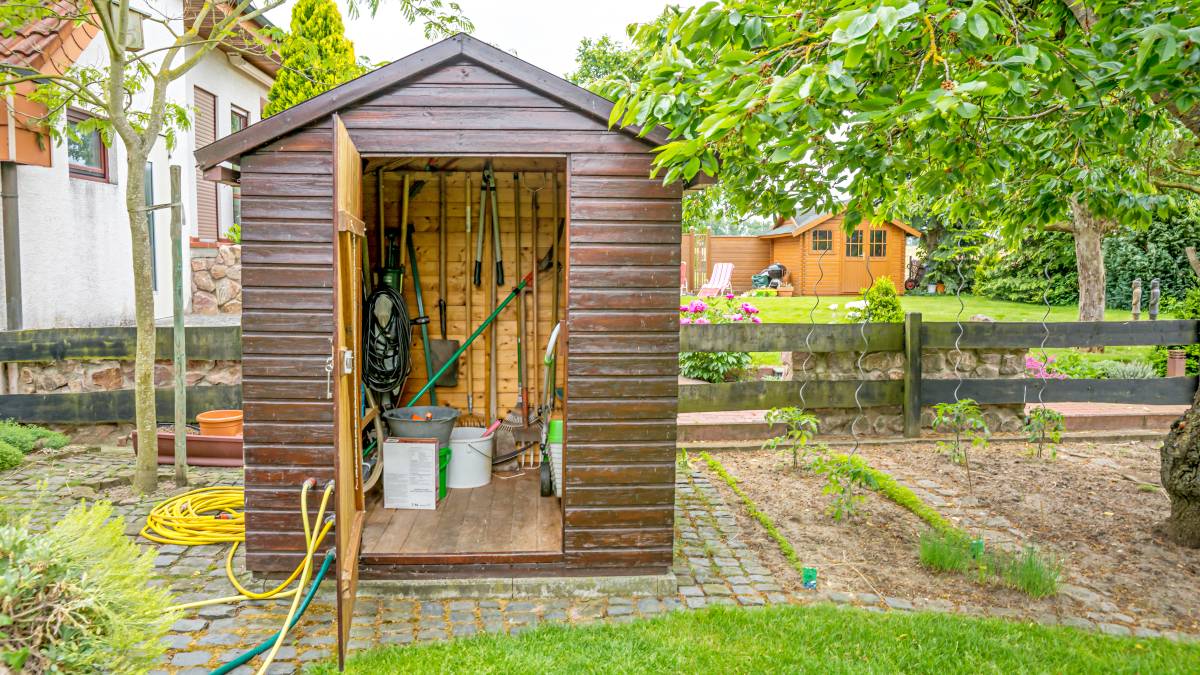
How to move a shed
Read more

How to move a pool table
Read more

How to move a washing machine
Read more
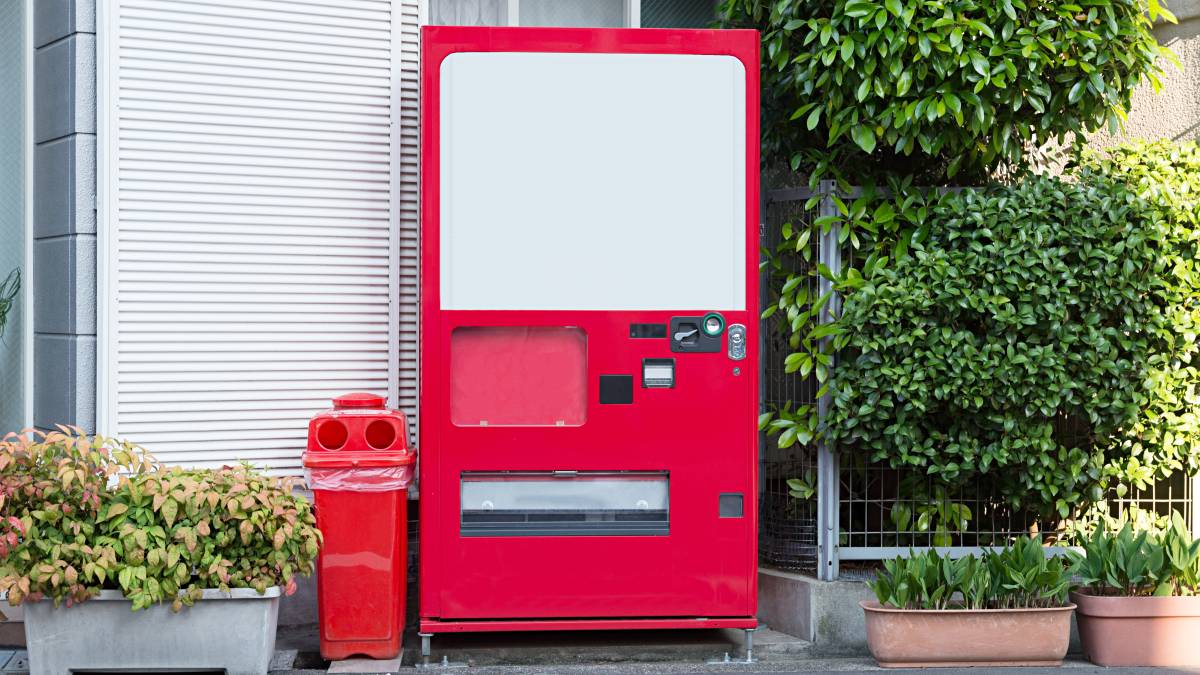
How to move a vending machine
Read more

How to pack bedding for moving
Read more
Related price guides
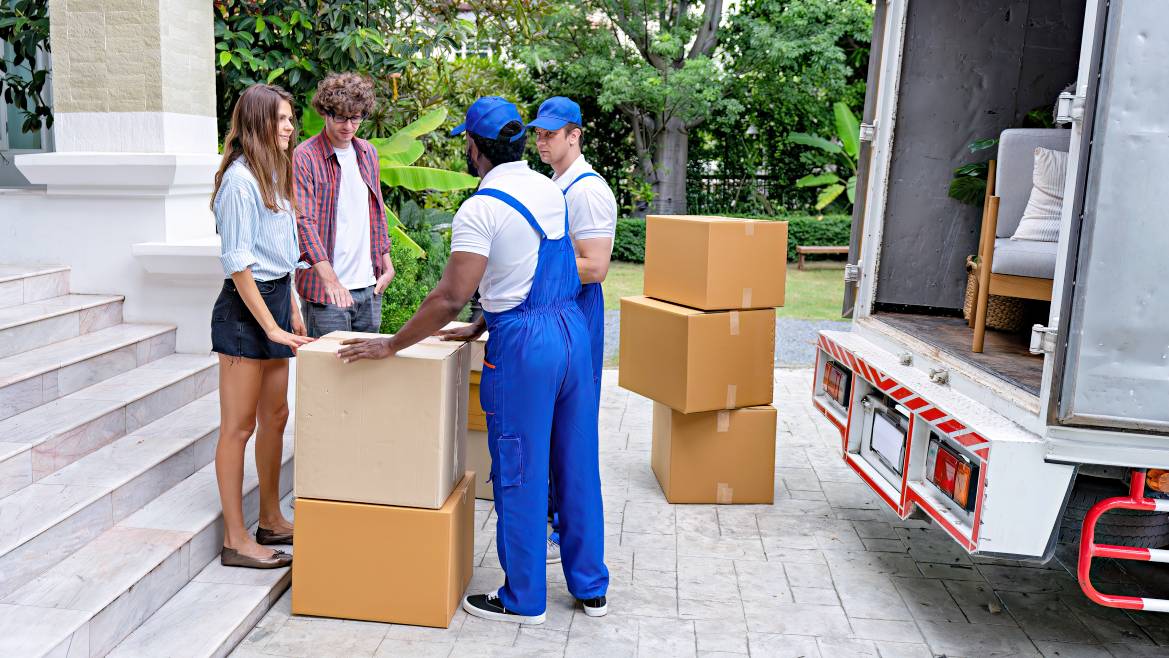
How much do removals cost?
Read more
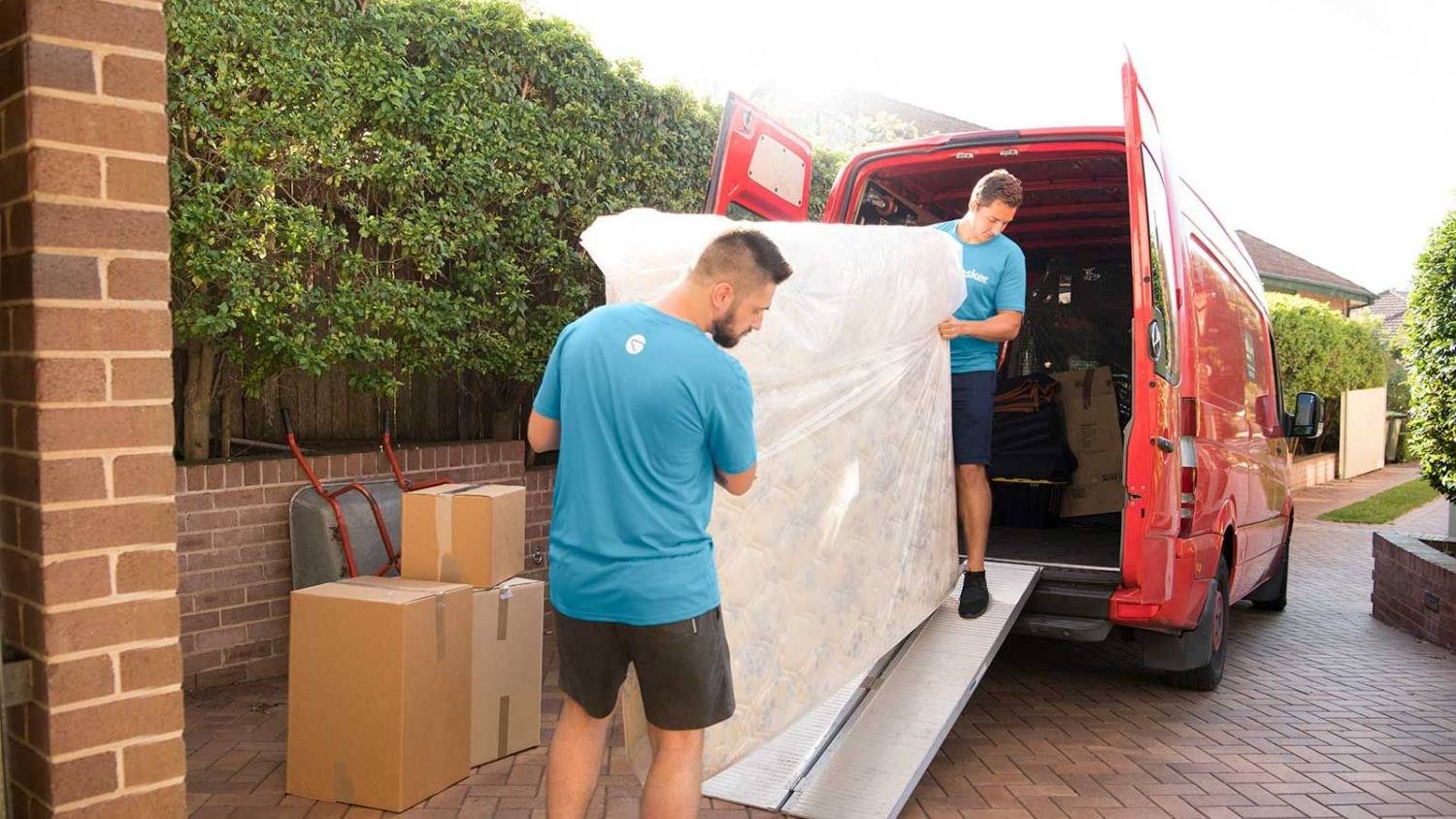
How much does it cost to move house?
Read more
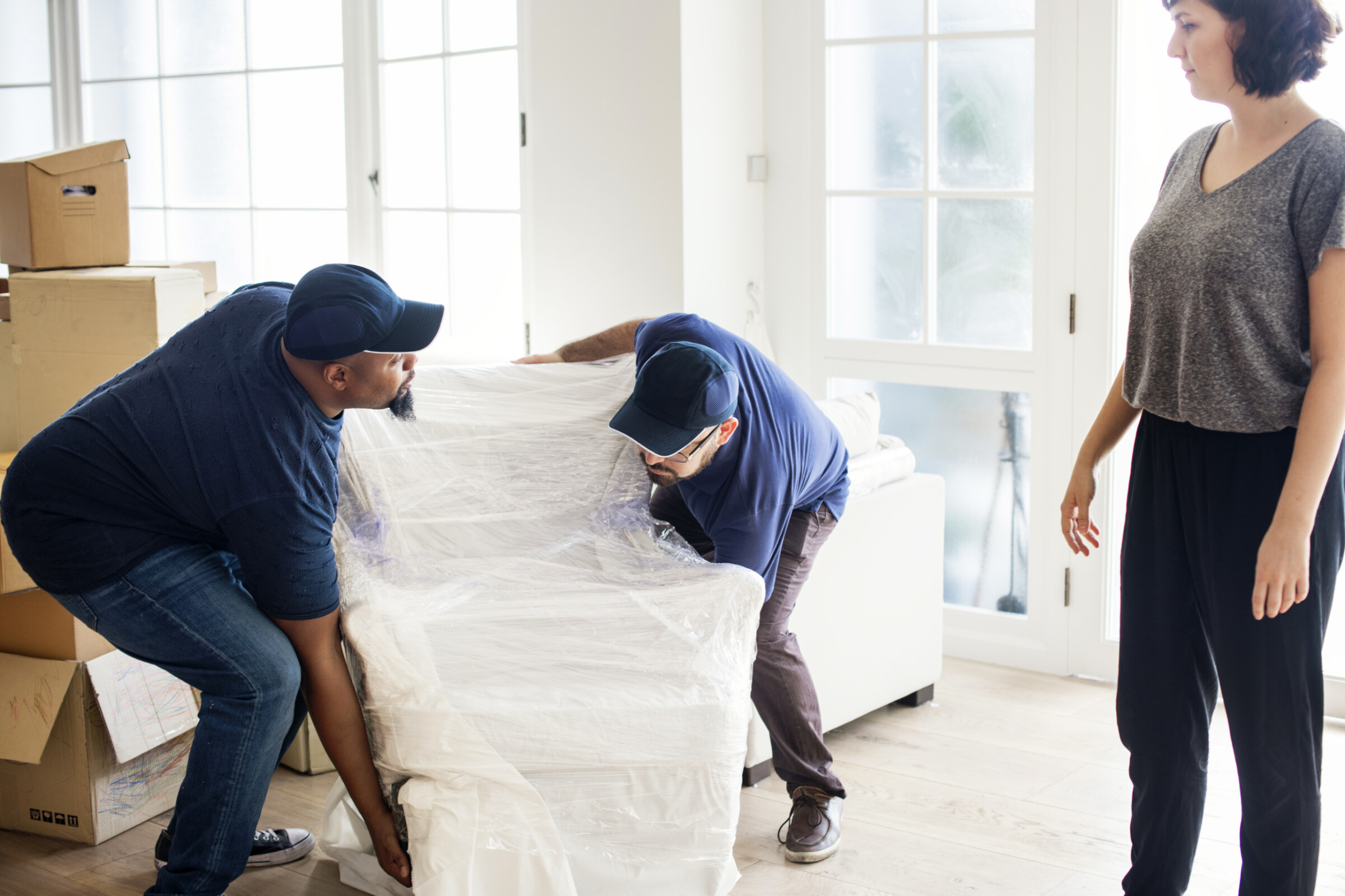
How much does it cost to move house?
Read more
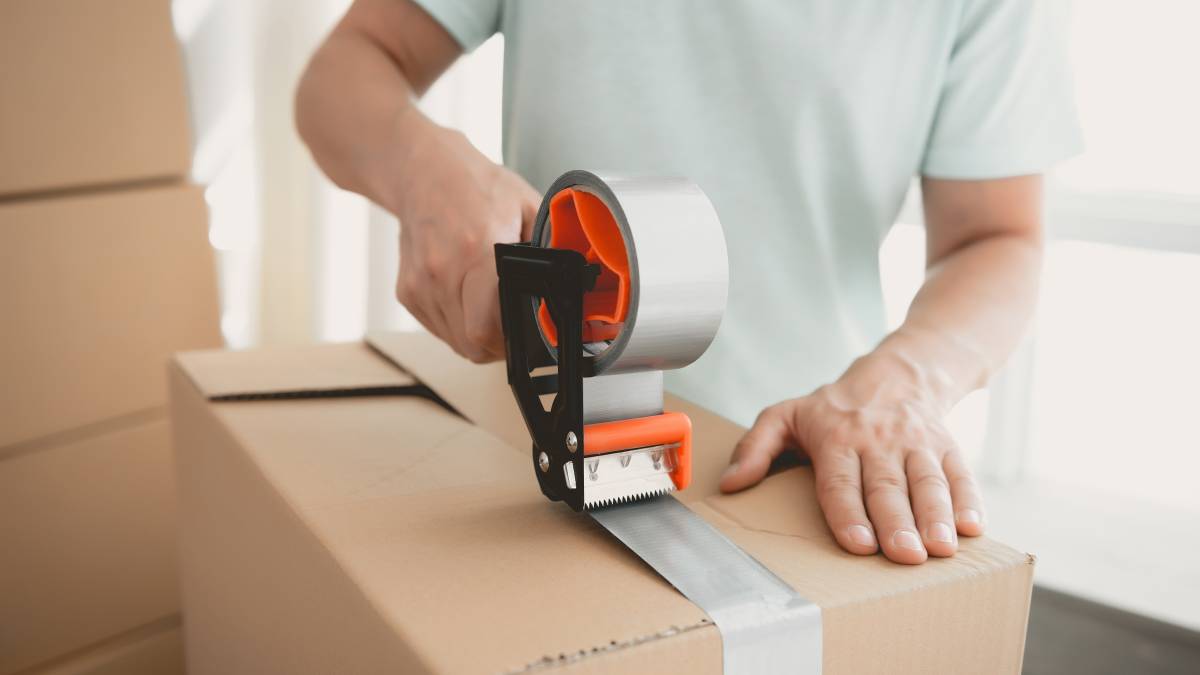
How much do packers cost?
Read more
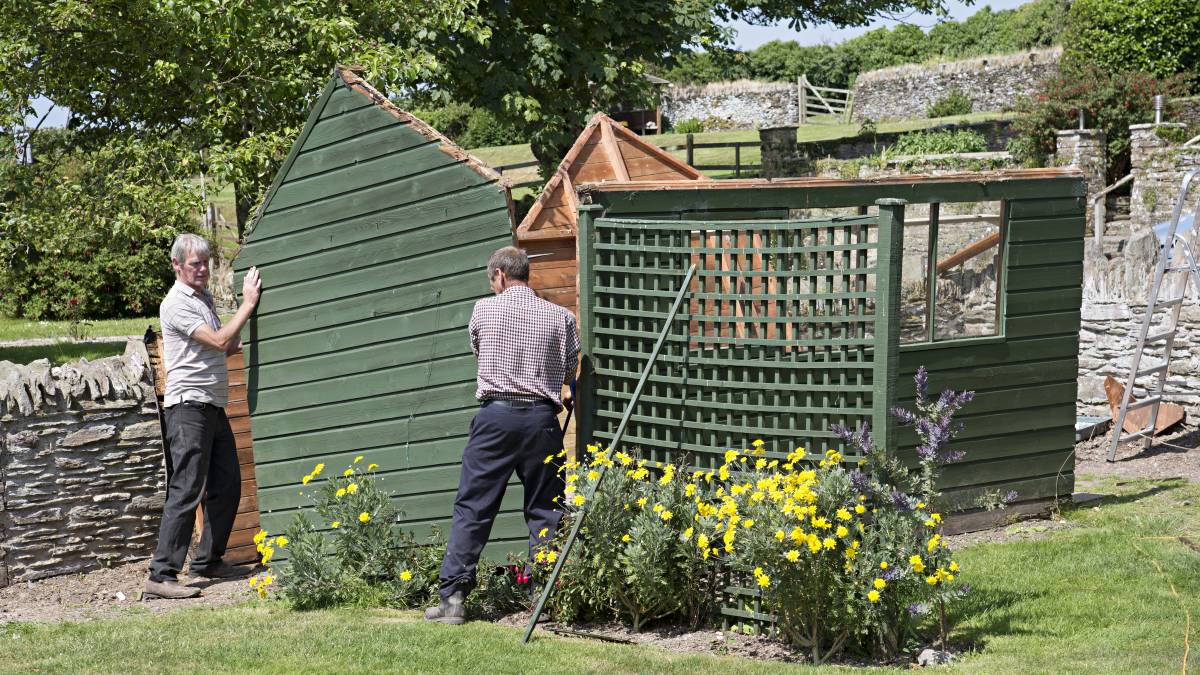
How much does shed removal cost?
Read more

How much does piano moving cost?
Read more

